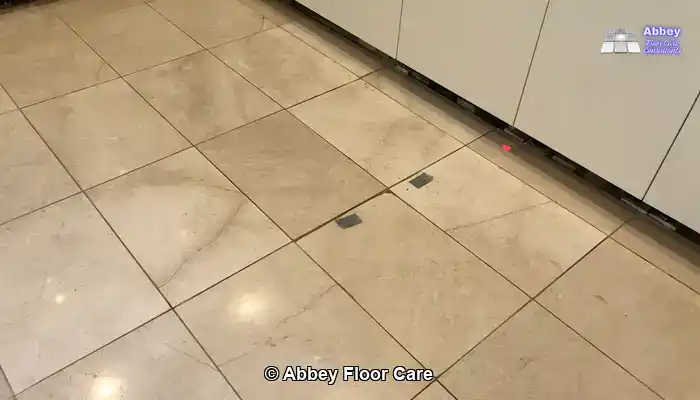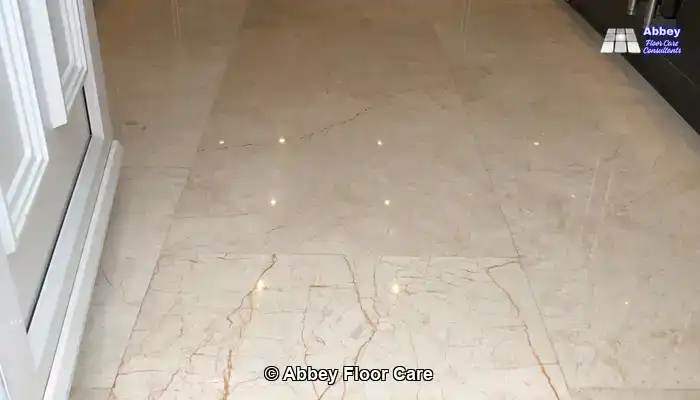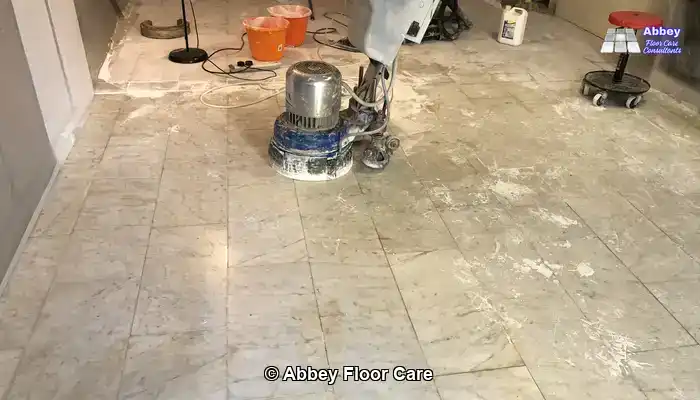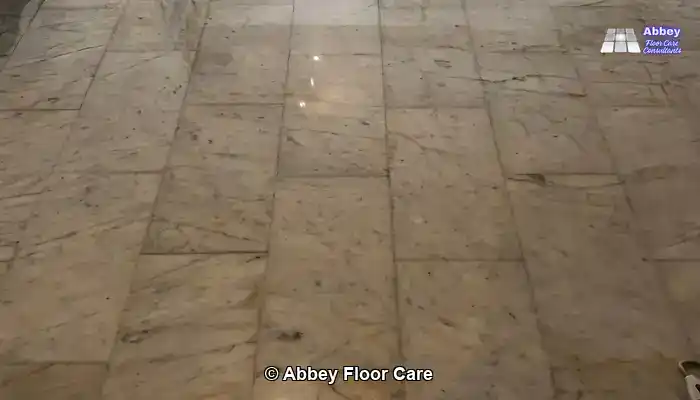
Last Updated on November 6, 2025 by David
Can Marble Truly Be Restored to Its Original Radiance?

Discover Essential Marble Care Strategies for UK Homeowners
Marble is renowned for its elegance and sophistication, making it a highly desired material in homes. However, as time passes, it can lose the stunning clarity, vibrant colour, and brilliant shine that first attracted homeowners. Many find themselves dealing with scratches, dull patches, etch marks, and persistent stains, which leads to the question of whether their cherished marble can ever regain its original “like new” appearance. This in-depth guide delves into the realistic outcomes of restoration, outlining its limits while providing valuable tips for maintaining results over the long term. Whether grappling with acid damage, significant wear, or a tired surface, gaining insight into the restoration process empowers you to make an informed decision about your stone’s future.
What Does “Like New” Really Mean in the Context of Marble Restoration?

Revitalising Marble's Original Shine, Clarity, and Colour
When homeowners express a desire for their marble to regain a “like new” look, they often refer to the original shine and clarity of the surface — the way light interacts beautifully with the stone, illuminating its natural colour depth. An effective restoration process can recreate this stunning visual by removing surface damage and achieving a refined finish. The end result is a floor that appears vibrant, smooth, and impeccably clean, often indistinguishable from a freshly installed slab. It is essential to recognise that attaining this level of restoration demands expertise and the application of suitable techniques to ensure long-lasting results.
How Can You Distinguish Between Cosmetic Wear and Structural Damage in Marble?
Understanding the difference between cosmetic wear and deeper structural issues is crucial when assessing your marble's condition. Surface scratches, dullness, and light etching can typically be remedied through honing and polishing techniques. However, more significant issues such as cracks, chips, and internal discolouration may not fully disappear. Restoration can greatly enhance the visible and tactile aspects of the marble; however, it cannot rebuild the stone itself. A clear understanding of these distinctions will help manage expectations and enhance satisfaction with the final result.
What Are the Limits of Marble Restoration: Gaining Insight into Its Capabilities?

How to Effectively Address Deep Scratches, Chips, and Acid Etching in Marble
Restoration techniques can successfully address most surface-level concerns, including scratches and minor etching resulting from acidic substances, such as lemon juice or vinegar. These issues can dull the finish and obscure the stone’s inherent clarity. However, honing and polishing methods can generally restore a smooth, reflective surface. For deep scratches and chips, more intensive approaches, such as grinding or filling, will be necessary. While the overall appearance can improve significantly, some flaws may persist, remaining faintly visible depending on their depth and location within the stone.
What Are the Indicators of UV Damage and Internal Discolouration in Marble?
Marble exposed to strong sunlight over extended periods may experience fading or yellowing.
Here’s an overview of why this phenomenon occurs:
UV Ray Damage (Fading): Sunlight, particularly its ultraviolet (UV) rays, can induce fading in the natural pigments within the stone over time. This photochemical reaction results in the colour becoming less vibrant, appearing “washed out.” This effect is particularly noticeable in certain marble colours.
-
- <a href=”https://www.abbeyfloorcare.co.uk/home-garden/travertine-floor-cleaning-service-expert-solutions/”>Yellowing</a>: Yellowing in white marble often arises due to prolonged exposure to UV light, which accelerates the natural discolouration process.
- Iron Oxidation: Numerous types of white marble contain trace amounts of iron. When exposed to moisture and oxidisers (like air or water), this iron can rust, a process that sunlight and heat can exacerbate, resulting in yellow or brown discolouration.
- Surface Degradation: UV rays can also degrade any sealants or resins applied to the marble, causing a yellowing effect and dulling the overall appearance of the surface.
While marble is a durable material, it is more prone to UV-induced changes than harder stones, such as granite or quartzite. This is particularly pertinent for marble used in outdoor settings or indoor spaces that receive prolonged, intense, direct sunlight (for instance, a sunny windowsill or near a large, unshaded window).
To effectively protect your marble surfaces, it is often advisable to implement:
- UV-resistant sealants that safeguard the surface from harmful rays
- Shades, blinds, or curtains for indoor installations
- Proper placement to limit exposure to direct sunlight.
While restoration can enhance the surface appearance, it cannot reverse colour changes that have originated below the surface of the marble.
What Do Before and After Images of Marble With Iron Oxide Stains Reveal?


In cases like these, the focus shifts from achieving a “like new” look to creating a cleaner, more uniform finish that reduces visual distractions while enhancing the overall aesthetic of the space.
What Are the Essential Processes Involved in Honing, Polishing, and Comprehensive Restoration of Marble?
When Is Polishing Alone Sufficient for Marble Restoration?
Polishing functions as a surface-level treatment designed to restore shine by smoothing out fine scratches and enhancing the reflectivity of the marble. It is especially effective for dull marble that has otherwise remained intact. If the stone has lost its gloss due to light wear or minor etching, polishing alone may be adequate to restore a “like new” appearance. However, it is crucial to note that polishing will not correct deeper flaws or rectify uneven surfaces that necessitate more thorough treatment.
When Should Honing or Grinding Be Considered for Marble Restoration?
Honing entails a more comprehensive process than polishing, as it removes a thin layer of the marble to eliminate scratches, etch marks, and surface damage. In more severe cases of wear, grinding may be necessary to level the stone and completely reset the finish. These processes are more intensive but yield dramatic results. When homeowners seek a truly fresh surface — one that looks and feels brand new — honing or grinding is often the essential step needed to achieve that level of restoration.
How Do DIY Kits Compare to Professional Restoration for Marble?
What Can DIY Kits Realistically Achieve for Marble Restoration?
DIY marble restoration kits typically feature polishing powders, sealers, and basic tools aimed at enhancing surface shine and reducing the appearance of light etching. For small areas or minor dullness, these kits offer a cost-effective way to refresh the stone. However, it is vital to understand that they rarely provide a true “like new” finish. Without access to professional-grade abrasives and specialised machinery, deeper imperfections often remain unresolved, leading to inconsistent results across different areas of the marble.
Why Are Professional Tools Essential in Marble Restoration Processes?
Professional restoration transcends basic tools, utilising diamond abrasives, rotary machines, and graded polishing compounds that function in a staged process. This advanced equipment enables skilled technicians to level the surface, eliminate deep damage, and refine the finish with exceptional precision. DIY kits simply lack the power and control necessary for achieving consistent results over larger areas. For homeowners desiring a flawless, enduring outcome, the use of professional tools and expertise can significantly influence the final appearance of the marble.
How Long Can You Expect the Restored Marble Appearance to Endure?
What Steps Are Vital for Sealing, Cleaning, and Managing Wear Patterns?
Following the restoration process, sealing the marble becomes a critical step that aids in preserving the finish by blocking moisture and minimising the absorption of stains. A high-quality sealer can offer protection for 1 to 3 years, depending on foot traffic and usage levels. Regularly cleaning the marble with pH-neutral products while avoiding abrasive pads or acidic spills will greatly prolong the life of the restored surface. In high-traffic areas, the finish may gradually dull over time, but with diligent care, the clarity and shine of the marble can be maintained for many years.
Can Restoration Be Repeated for Ongoing Marble Maintenance?
Absolutely, marble restoration is a process that can be repeated. If the surface becomes dull or scratched again, it can be rehoned and repolished to restore its former splendour. However, it is important to recognise that each cycle will remove a small amount of stone, so it is advisable to avoid excessive wear between treatments. Homeowners who adhere to a consistent maintenance routine — incorporating resealing and gentle cleaning — will find that restoration remains a worthwhile investment over time, keeping their marble looking beautiful and well-maintained.
Will Restored Marble Continue to Develop Patina Over Time?
What Is the Difference Between Natural Patina and Artificial Gloss in Restored Marble?
Even after undergoing restoration, marble will continue to age naturally. Over time, subtle wear patterns, micro-abrasions, and environmental exposure contribute to the formation of a soft patina — a gentle sheen reflecting the stone’s unique history. This natural evolution is distinct from the artificial gloss created through polishing and sealing. A restored surface may initially appear brand new, but as time passes, it will develop character once more. For many homeowners, this evolving finish adds charm and authenticity, particularly in older properties where marble is a fundamental aspect of the home’s story and aesthetic.
What Common Inquiries Do Surrey Homeowners Have About Marble Restoration?
What Are the Average Costs for Marble Restoration in Surrey?
The costs associated with marble restoration can vary widely based on factors such as the size of the area, the condition of the marble, and the extent of restoration required. Light polishing is generally more affordable compared to comprehensive grinding and honing. In Surrey, homeowners often invest in restoration when the marble is located in highly visible areas or as part of a long-term property enhancement strategy. While prices can differ considerably, the true value lies in preserving the stone and enhancing the overall appeal of the home.
Can All Types of Marble Be Successfully Restored?
Most varieties of marble can indeed be restored, but the results achievable will depend on the specific composition and current condition of the stone. Softer marbles may show wear more quickly and respond positively to polishing techniques. In contrast, harder types may require more aggressive honing methods. Some exotic stones, featuring prominent veining or significant colour variation, may not return to a uniform finish after restoration. A professional assessment is essential to determine what can realistically be achieved for your particular flooring.
Will the Restored Finish Match the Original Marble Installation?
The primary objective of restoration is to recreate the original finish; however, the level of exact matching will depend on how the marble was initially installed and treated. If the stone underwent factory polishing, the restored surface may display slight differences in gloss level or texture. Nevertheless, most homeowners find the end result visually consistent and significantly more appealing than the worn surface they began with. The goal focuses on improvement rather than perfection — and in most instances, the transformation is nothing short of remarkable.
The Article Will Restored Marble Ever Look As Good As New first found on https://www.abbeyfloorcare.co.uk
The Article Restored Marble: Can It Achieve a Like-New Finish? appeared first on https://fabritec.org
The Article Restored Marble: Achieving a Like-New Finish Was Found On https://limitsofstrategy.com

